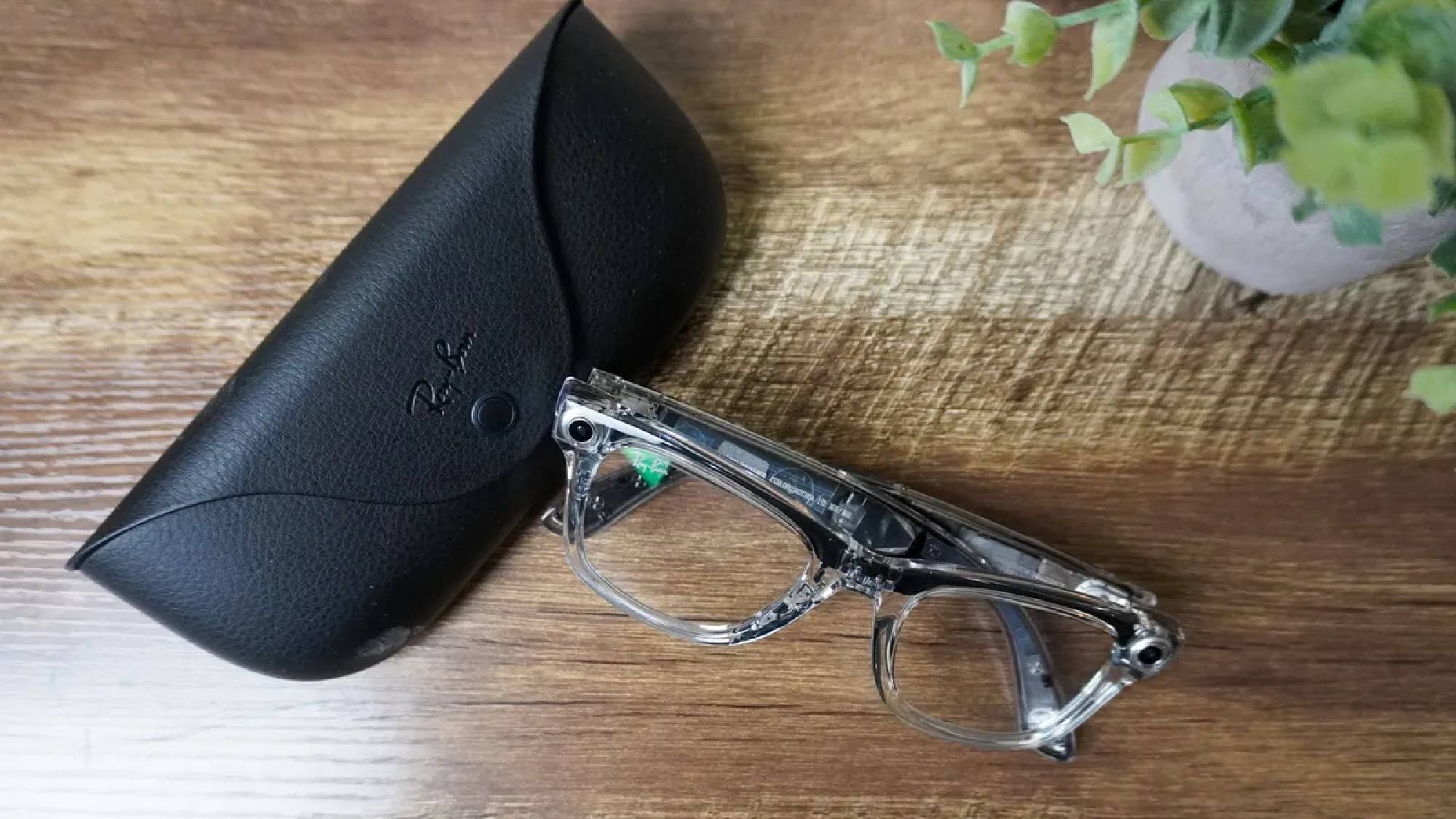
The new Stanford Robotics Center, which will be developing machines for future use in medicine, the arts, ocean and space exploration and your own home, recently opened its doors for the first time. Oussama Khatib is the director of the Stanford Robotics Center . He said when he first discovered robotics, he fell in love with it.
"We built this machine that can be diving very deep, but at the same time interacting with human divers," said Khatib as he gestured to the underwater robot OceanOneK. Stanford's humanoid diving robot is the only one like it in the world. Khatib said they designed the robotics center to bring expert researchers in several different fields together to solve challenges using robots.
"In the medical bay, we try to study how robots can help with medicine, and we take interesting approaches," said Stanford Robotics Center Executive Director Steve Cousins. "Can we take tiny robots and avoid having to put a catheter all the way through your body? Instead, can we have the robot swim its way through? This is a little futuristic. People think of movies we've seen as a kid.
" Researchers are also working to incorporate robots into our homes. "I hope it can do chores like getting a package for me or doing laundry," said Qi Wu, a Stanford Computer Science masters student. "Just like, everything I don't want to do, it can do.
" "So if we walk over here, these robots are detecting where we are and they can follow us so they are aware of where we're moving in space, and you can see how they're orienting themselves towards us, and coming over here to follow us wherever we are," said Stanford Computer Science postdoctoral scholar Catie Cuan during a demonstration. "We can wander over here and make some gestures like if we put our right arm in the air, they will clap for us. And if we put our left arm in the air, they will pirouette and turn in place.
This is this beautiful skating motion that we get." "There's always this fear of robotics that they will take over the world, and let me tell you, I don't fear robots," said Khatib. "I fear for robots.
They are fragile. You can just unplug the robot, and the robot is lost. Now there is fear about AI.
AI is a great tool, but of course there are a lot of concerns and legitimate concerns." Khatib said their concept is always the human with the machine as they innovate and create robots never built before. "It is like, you do, you develop, you build, and you deploy, and it works," said Khatib.
"It's just unbelievable!" Khatib calls his love for robotics "contagious." He said seeing his students' own discovery and excitement for robots drives him even more as they work to bring their research to life..














